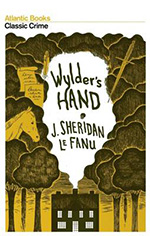Mike Lawson: The Inside Ring
 It’s always been a puzzle to me why the talented Mike Lawson isn’t a superstar, and his first book, The Inside Ring, is so good it really begs the question. I’m always in the mood for a thriller this time of year, and went to the Lawson part of the alphabet and grabbed this one on Christmas Eve. I’ve read others in the series but never the first, and it joins my ongoing mental list of terrific first novels that hit every mark out of the gate.
It’s always been a puzzle to me why the talented Mike Lawson isn’t a superstar, and his first book, The Inside Ring, is so good it really begs the question. I’m always in the mood for a thriller this time of year, and went to the Lawson part of the alphabet and grabbed this one on Christmas Eve. I’ve read others in the series but never the first, and it joins my ongoing mental list of terrific first novels that hit every mark out of the gate.
Lawson’s series character, Joe DeMarco, is a “fixer” for the Speaker of the House and works very much under the radar. His office is even in the basement of the House of Representatives alongside the janitorial staff. Whenever the speaker – long-time pol Mahoney – needs a task done that can’t see the light of day, it’s DeMarco he puts into motion. This gives DeMarco a lot of power and not quite enough as his official title and credentials are slightly nebulous. Because of DeMarco’s family background – his father was in the mob – he doesn’t carry a gun and tries to avoid violence. It often finds him anyway, though.







